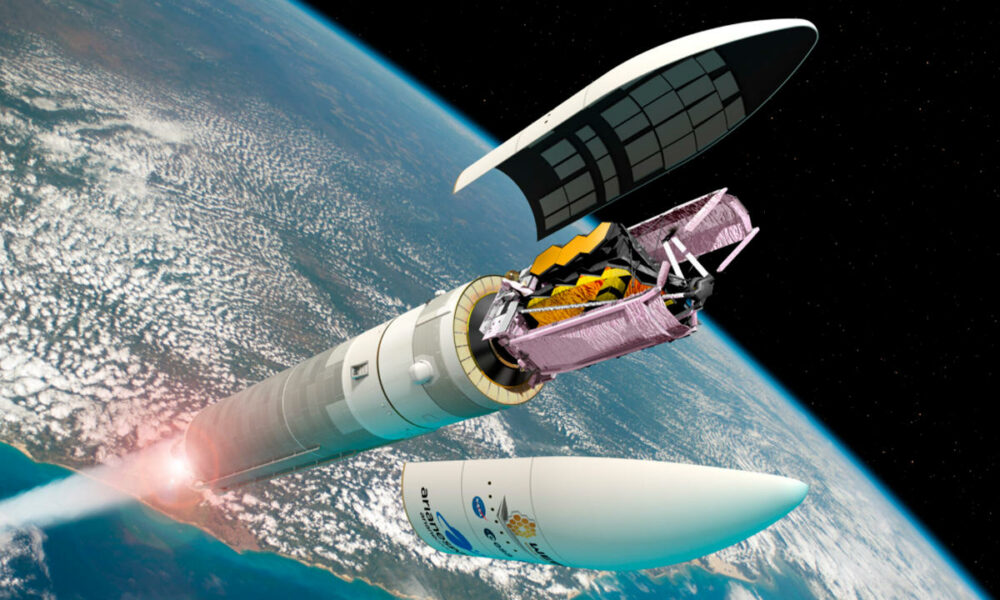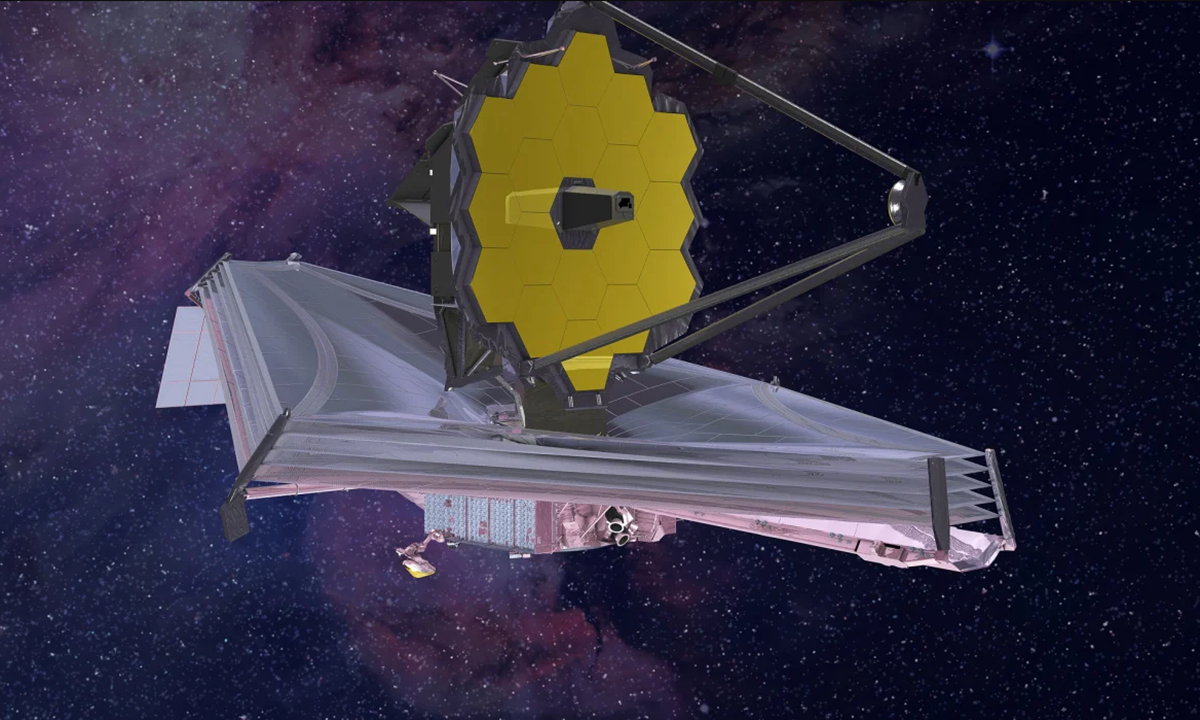
We have known for a long time that, except for unforeseen events, we will be able to see the first images captured by the James Webb (excluding the test ones that we have already seen, of course) next tuesday july 12. This is a long-awaited date, which in reality will only mark the beginning of a huge collection of images that, as has been the case for a long time with those of Hubble, will leave us speechless and with a new perception of the Universe.
yesterday, by surprise, NASA already showed us a preview, although this came from the captures of a navigation instrument, which was added to the control images shared by the space agency a few months ago. Without a doubt, all the parties involved have been able to generate great interest and enormous expectations, to the point that many people have a tight control over the countdown until next Tuesday.
What we did not know, until now, was what these images would show us, but the agency has decided to put an end to that uncertainty by publishing on its website what the first images captured by the James Webb that we are going to see will show us. And the selection is as interesting as it is varied:
- Carina Nebula: The Carina Nebula is one of the largest and brightest nebulae in the sky, located about 7,600 light-years away in the southern constellation of Carina. Nebulae are stellar nurseries where stars form. The Carina Nebula hosts many massive stars, several times larger than the Sun.
- WASP-96b (spectrum): WASP-96 b is a giant planet outside our solar system, composed mostly of gas. The planet, located almost 1,150 light-years from Earth, orbits its star every 3.4 days. It is about half the mass of Jupiter and its discovery was announced in 2014.
- South Ring Nebula: The South Ring Nebula, or Nebula of the Eight, is a planetary nebula, an expanding cloud of gas surrounding a dying star. It has a diameter of almost half a light-year and is located about 2,000 light-years from Earth.
- Stephan’s Quintet: About 290 million light-years away, Stephan’s Quintet is located in the constellation of Pegasus. It is notable for being the first compact group of galaxies discovered in 1877. Four of the five galaxies in the quintet are caught in a cosmic dance of repeated close encounters.
- SMACS 0723: Massive foreground galaxy clusters magnify and distort the light of objects behind them, allowing deep-field views of both extremely distant and intrinsically faint galaxy populations.
Looking at this selection, it does seem that the James Webb is fully active and at full capacity since the necessary adjustments for its operation were completed.




